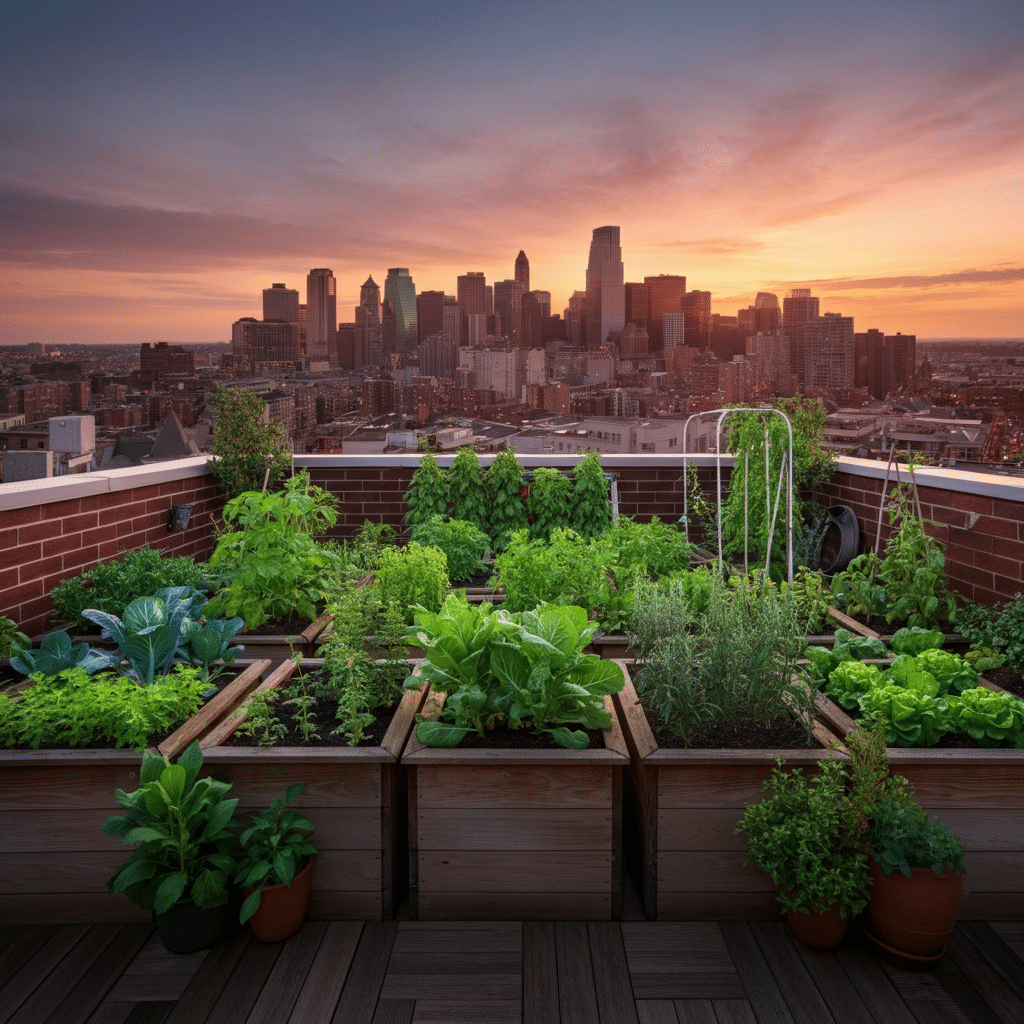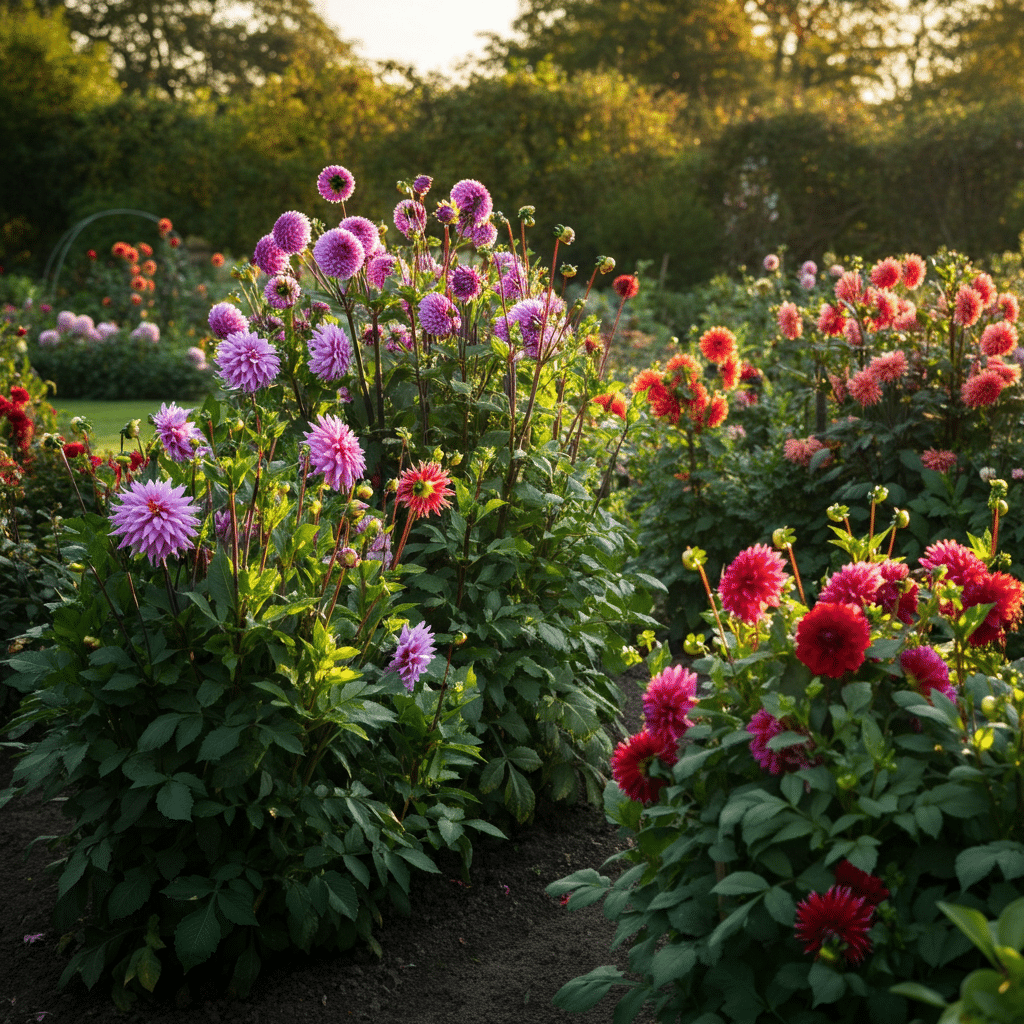Are you dreaming of a lush, thriving garden but only have a small space to work with? Square foot gardening might just be the perfect solution for you. This innovative approach to gardening is transforming the way urban dwellers, small-space enthusiasts, and beginner gardeners grow their vegetables. Whether you’re a seasoned green thumb or you’re just starting out, square foot gardening provides a blueprint for maximizing yields while simplifying the planting process.
This post dives into the basics of square foot gardening, explores its many benefits, and offers practical, actionable steps to get you started. Get ready to grow more with less!
What is Square Foot Gardening?
Square foot gardening, developed by Mel Bartholomew in the 1980s, is a method of growing vegetables, herbs, and flowers in a small, organized space. The concept involves dividing a raised garden bed into sections, each measuring 1 foot by 1 foot, and planting a specific number of seeds or plants in each square based on spacing requirements.
This approach ensures efficient use of space while making gardening more accessible and manageable for beginners and experienced gardeners alike. It’s a perfect technique for urban gardening, where space is often limited.
Benefits of Square Foot Gardening
Square foot gardening is packed with benefits that make it one of the most efficient and enjoyable methods for small-space gardening.
1. Maximized Space
With square foot gardening, every inch of your garden works hard. By dividing the bed into small units and focusing on intensive planting, you can grow more plants in less space compared to traditional row gardening.
2. Reduced Maintenance
Thanks to its organized layout, weeding and watering become far less time-consuming. Plus, the smaller space means you won’t need as much fertilizer, mulch, or effort!
3. Lower Water Usage
Raised garden beds retain water more efficiently than traditional gardens, allowing plants to thrive even with less frequent watering.
4. Perfect for Urban Settings
No yard? No problem. Square foot gardening is ideal for balconies, patios, or even rooftops. And it’s easily customizable for your unique space.
5. Companion Planting for Healthier Yields
Square foot gardening makes companion planting a breeze. For example, grow basil in one square to keep pests away from your tomatoes in the neighboring square.
6. Eco-Friendly and Organic
By encouraging intensive planting and reducing waste, square foot gardening is a sustainable option for growing fresh, organic vegetables you can feel good about eating.
How to Start Your Square Foot Garden
If you’re excited to dig in (pun intended), here’s a step-by-step guide to creating your square foot garden.
Step 1 Plan Your Layout
Start by identifying the best spot for your garden. Look for a sunny area as most vegetables need at least 6–8 hours of sunlight daily. Once you pick the location, decide on the size of your raised garden bed. A 4×4-foot bed (16 squares) is a great option for beginners.
Step 2 Build Your Raised Bed
You can build your raised bed using untreated wood, bricks, or even repurpose materials you already have. Make sure it’s at least 6–12 inches deep to accommodate root growth. Alternatively, purchase a pre-made raised garden bed for easy assembly.
Step 3 Choose Your Growing Medium
Fill your raised bed with nutrient-rich soil, ideally a mix of 1/3 compost, 1/3 peat moss, and 1/3 coarse vermiculite. This blend retains moisture and provides nutrients for your plants.
Step 4 Create the Grid
Divide your garden into 1×1-foot sections by adding a grid. Use wood slats, twine, or bamboo sticks to mark out the individual squares. The grid is essential for organizing your planting and maximizing your garden’s efficiency.
Step 5 Use Companion Planting and Spacing Rules
Research plant spacing requirements and companion planting guidelines. For instance:
- 1 plant per square (e.g., tomatoes, peppers)
- 4 plants per square (e.g., Swiss chard, leafy greens)
- 16 plants per square (e.g., radishes, carrots)
By spacing plants properly and pairing them with friendly companions, you create a harmonious and productive garden.
Step 6 Go Vertical
To make the most of your garden, think vertically! Install trellises, stakes, or netting to grow climbing plants like cucumbers, pole beans, and cherry tomatoes. This keeps your garden tidy and ensures you’re using all available space.
Step 7 Keep Track and Care
Label each square with what you’ve planted and track planting dates to stay organized. Water your garden regularly, especially in hot weather, and monitor for pests or signs of disease.
High-Yield Plants for Square Foot Gardening
Not sure what to grow in your garden? These plants are ideal for maximizing yield in a small area:
- Leafy Greens (lettuce, kale, spinach)
- Root Vegetables (carrots, radishes, turnips)
- Herbs (basil, parsley, cilantro)
- Peppers (bell peppers, jalapeños)
- Tomatoes (especially cherry or dwarf varieties)
- Climbing Cucumbers
Pro Tip Choose dwarf or compact varieties of crops for higher productivity without overcrowding.
Bonus Tips for Success
- Rotate Crops: Change what you plant in each square every season to prevent soil depletion.
- Include Flowers: Add flowers like marigolds to attract pollinators and deter pests.
- Water Smart: Use drip irrigation systems or soaker hoses to save time and conserve water.
Start Small Grow Big
Square foot gardening is an innovative, efficient, and rewarding way to grow your own vegetables, even in the tightest spaces. Whether you’re interested in urban gardening or simply want to try a hands-on approach to sustainable living, this method sets you up for success every step of the way.
Looking for more help? Check out our comprehensive guide to garden planning and companion planting. And remember, gardening isn’t just about the harvest; it’s about enjoying the process, connecting with nature, and nourishing yourself with fresh, homegrown food. Happy gardening!





I’ve been exploring for a bit for any high quality articles or weblog posts in this kind of house . Exploring in Yahoo I finally stumbled upon this site. Reading this information So i am happy to show that I’ve an incredibly good uncanny feeling I discovered just what I needed. I so much unquestionably will make sure to do not forget this web site and give it a glance on a continuing basis.